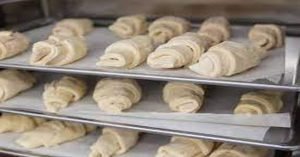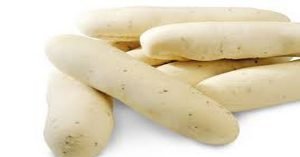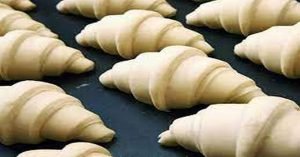Short or long shelf life? – how to manage

Short or long shelf life? – how to manage
Bakery product’s shelf life – from the consumer’s point of view most bakery products could be divided in:
A. Fresh products – usually, have 24 h shelf life
B. long shelf life products – from a few days to several months and even years.
A. The first category doesn’t require special preservation treatment, because these products are consumed fresh for their taste, aroma, smell, and texture.
Fresh products are sold in small, artisan bakeries, or special dedicate corners in supermarkets. These products are appealing, the smell spread in the neighboring area is irresistible, and the appearance could be homemade look like.
Nowadays an important percentage of fresh products are freshly baked products, and there are some solutions where the technological flow could include frozen phases.
There are two different ways of processing the dough, the first one is very simple and the second one is very much more elaborate:

– The Retarded Dough System is just normal dough that we place in a normal freezer, to be used up at a later time, maybe 1, 2, or 3 days later. This dough loses some of its performance capability during the freezing process and
cannot be kept frozen for more than a few days only. This is just a convenient process that we can use in some short-term situations.
– The Frozen Dough Technology (fig. 25) on the other hand is a very detailed and specific way of processing the dough, that enables the user to get the optimum performance out of the dough which has been frozen for a longer
period. This period could be from just a few weeks to a few months; 6 months is regarded as a maximum for a live dough containing yeast. We can differentiate several processes types:
- Ready to Prove Frozen Dough, is good for most yeast dough and puff pastry as well
- Ready Bake Frozen Dough recommended especially for a croissant and Danish pastry items
- Part Baked Frozen Dough is good for bread items, not recommended for croissants, Danish pastry items, and sweet bread and bun items Full Baked Frozen Dough, is good for sweet bread/bun and soft roll, not recommended for bread, croissant, Danish pastry, and puff pastry items.
B. Long shelf life products need specific materials, and technologies and it is important to have in mind such topics as water activity, packaging system, and preservatives.
A very important condition to achieve a long-term product shelf life is to maintain a high hygienic status – a HACCP issue. All the factors, from raw materials to machines and devices, productive spaces, and personnel are involved.

Solutions for a longer shelf life include:
- shelf Life extenders – emulsifiers and enzymes which are used also as anti-staling agents in bakery products, provide increased shelf life
- technological possibilities – prolonged duration for the technological phases to achieve suitable parameters
- low-temperature exposure – as explained in chapter 7.1
- humectants; research indicates some of the difficulty in achieving low aw in foods through the addition of humectants. The humectant propylene glycol has intrinsic antimicrobial properties;
however, its use in food was limited (no more for bread making); according to some studies, the potential of polyglycerols and polyglycerol esters as humectants in food was found to be objectionable due to taste and odor characteristics.

Water activity affects food chemistry and can be controlled by removal (dehydration or drying) or by chemically binding the water, reducing its activity.
Read more:
